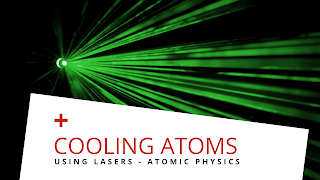Posts
Showing posts with the label Atomic Optics
Coherent Simulation of Correlated Electron Systems using Hole Spins in Germanium Quantum Dots
- Get link
- X
- Other Apps
Excitonic Topological Order in Imbalanced Electron-Hole Bilayers
- Get link
- X
- Other Apps
La lumière interagit avec son passé dans le cadre d'une expérience à double fente
- Get link
- X
- Other Apps
Cooling of atoms using lasers - Atomic optics
- Get link
- X
- Other Apps


